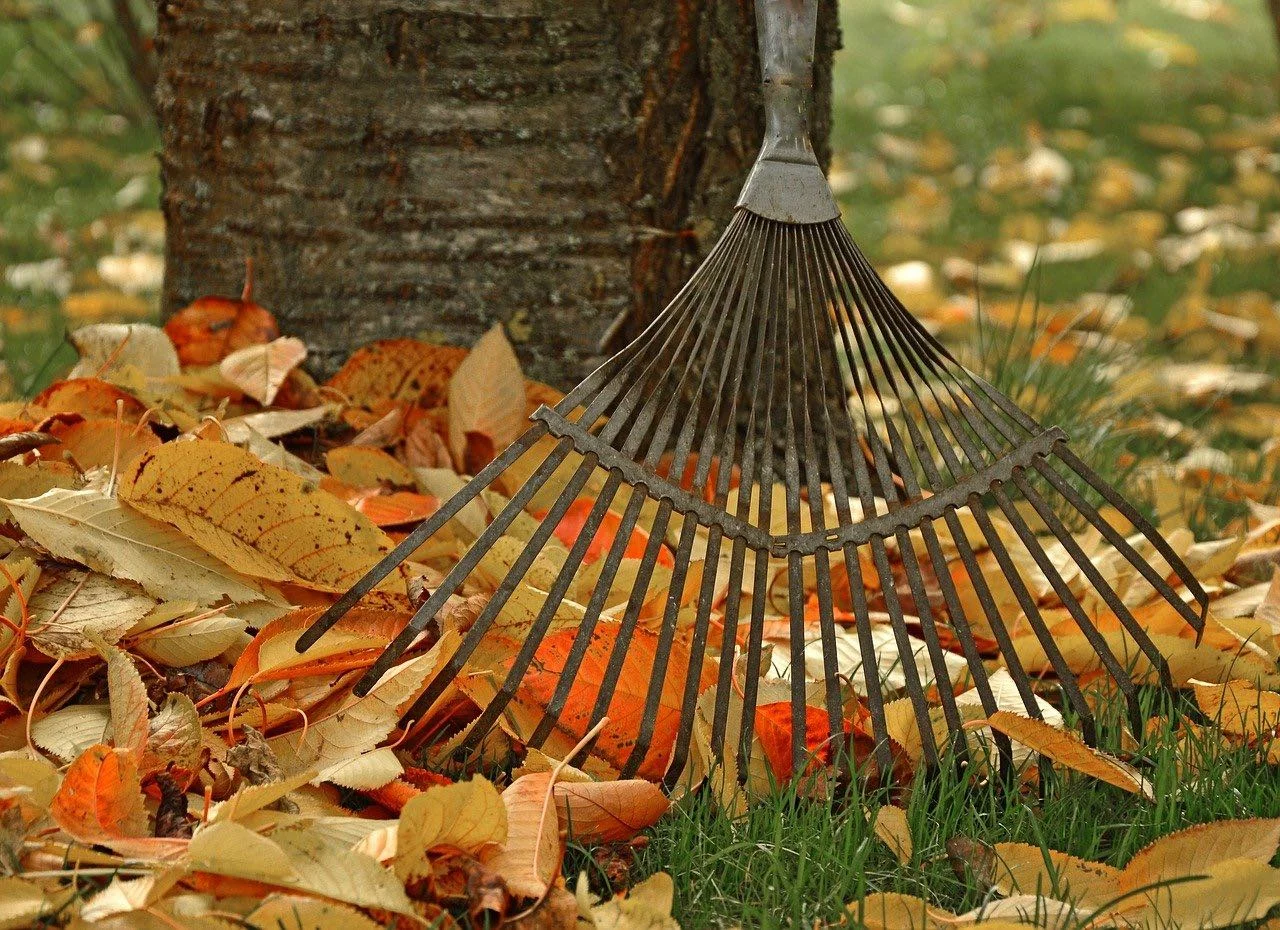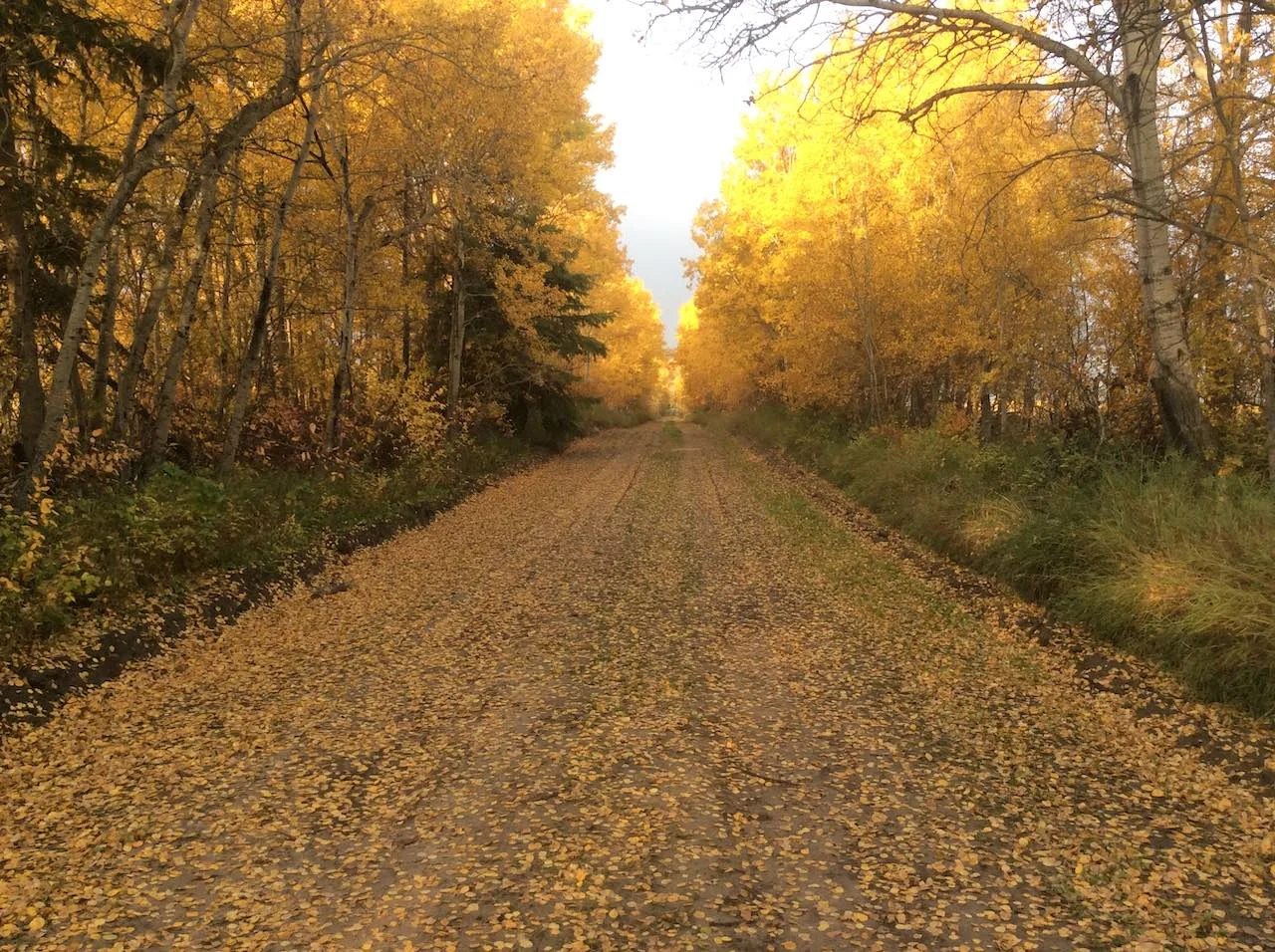
Not so fast: Here's why you shouldn't rake leaves in the fall
Raking, mowing and blowing leaves is a typical fall tradition in Canada. But is that what people should be doing?
Raking leaves can be an ordeal for some in the fall, especially if they have a lot of trees in their yard, but it is often done annually to keep it clean and tidy through the winter.
However, you may want to forgo the yearly chore, aside from it possibly being an inconvenience come the fall. The Nature Conservancy of Canada (NCC) has a green-friendly response for those wishing to avoid back-breaking yard work: Leave the rake in the shed and the leaves on the ground.
SEE ALSO: How to extend the time you spend outdoors this fall
DON'T RAKE: BENEFITS TO BIODIVERSITY AND LAWN
Dan Kraus, a former senior conservation biologist with NCC, and current director of national conservation with Wildlife Conservation Society Canada, told The Weather Network in 2020 there are three major benefits to keeping the leaves in the yard during the fall.
The first is that it helps biodiversity, as there are many native insects and even some small critters such as frogs and toads that will hibernate under the leaves during the winter. As well, it is a food source for birds, such as robins since they will often flip leaves over to look for insects to eat.
With about 80 per cent of Canadians living in towns and cities, backyard biodiversity is becoming increasingly important, according to the NCC.

Not raking leaves allows small critters such as frogs and toads to hibernate during the winter. As well, it is a food source for birds such as robins. (Pixabay).
“One of the biggest opportunities to improve the health of nature in urban areas is through the collective action we can all take in our yards,” says Kraus.
Another benefit is to the lawn itself. Leaves provide a natural mulch when they break down, fostering soil development. While large piles of leaves can impact the growth of grass and other plants come spring, Kraus said a thin layer of leaves can help maintain the health gardens and lawns.
"Just try leaving a few leaves on your grass. In the summer, you won't notice them. They're completely gone," said Kraus.
WATCH BELOW: WHY DO LEAVES CHANGE COLOUR IN THE FALL?
If aesthetics is what some people are going for with their yards, there is also the option of tucking leaves under bushes, flower beds and gardens. They can provide good mulch for shrubs and help prevent the freeze-thaw cycle in the roots through the winter months.
"Think of trilliums in the spring [or] all of our wildflowers in the forests. They're able to push up through the layer of leaves. Most garden plants can do that, as well. The leaves are providing benefits to those plants, as well," said Kraus.
NO YARD WORK STRENGTHENS NATURE CONNECTION
If those reasons weren't compelling enough as to not rake the leaves, then consider the fact that avoiding the chore can provide another opportunity to connect with nature, Kraus said.
"This is what is happening in forests around Canada. Maybe thinking about our backyards a little bit more as a place that we can let some nature in. It will help deepen our connection to the natural world," said Kraus.

Wonders of fall. (Nature Conservancy of Canada).
"We can use that time for better things, maybe go for a walk in the forest, instead of hating the leaves because you're having to rake them. Feel that connection to nature."
Thumbnail courtesy of Pixabay.
Follow Nathan Howes on Twitter.











